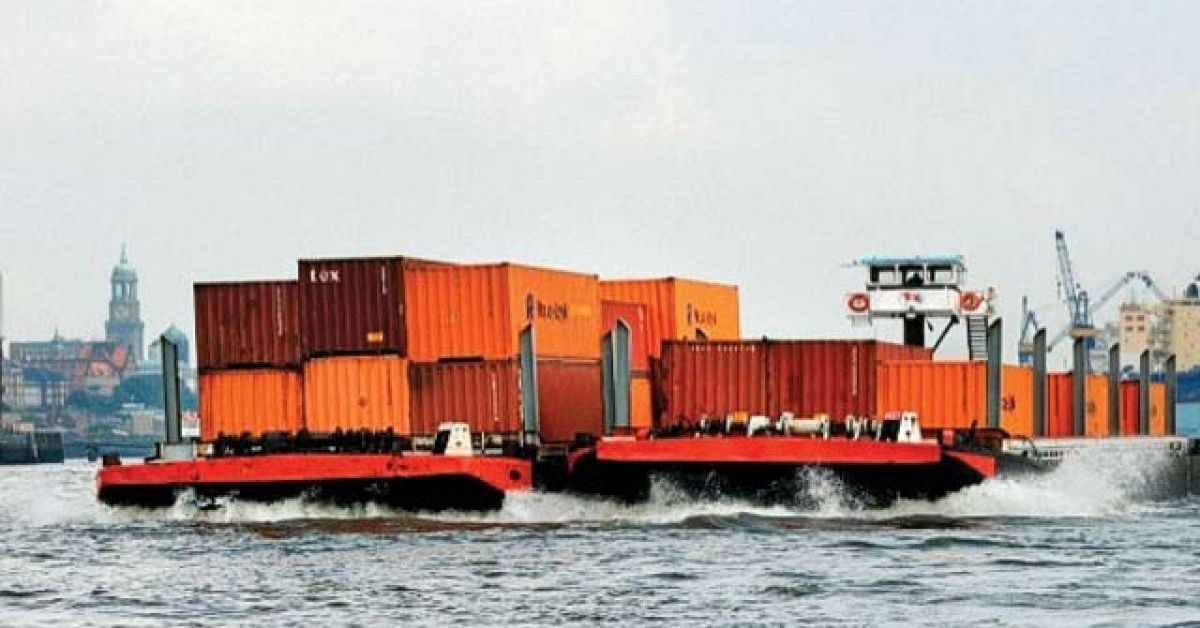Experts, lawmakers, academicians and traders have advocated for more waterway connectivity and development of related infrastructures to boost trade and economy between India’s northeastern States and neighbouring Bangladesh. There are more than 300 rivers in Bangladesh of which 57 are transboundary rivers. Out of the 57 transboundary rivers, 54 rivers, including Ganga, Brahmaputra and Teesta, are common with India and the remaining three with Myanmar.
Industry and trade body FICCI (Federation of Indian Chambers of Commerce & Industry) has suggested developing the required infrastructure to facilitate and enhance waterway connectivity between Bangladesh and the northeastern States, which share 1,880 km borders with Bangladesh, including riverine frontiers. FICCI Director (northeast chapter) Biswajit Chakraborty said: “Lives and livelihoods of the people dwelling across the Meghna basin could positively benefit from transportation and trade through waterways. Improvement in factors owing to predictability, cost, convenience and technical infrastructure would largely help businesses to flourish in the short and medium-term.”
He, however, said that the rate of siltation has vastly increased due to deforestation upstream of Meghana. “Comprehensive approaches of large-scale afforestation, coupled with larger river training exercises and building of the required infrastructure could result in long-term benefits for the region,” Chakraborty said while speaking at a virtual discussion on ‘Engaging the private sector in reviving waterways in the Meghna Basin for trade and transit’.
The Meghna river basin is shared by Bangladesh and India and it includes 29 transboundary rivers originating from India and flowing into Bangladesh. The transboundary tributaries of the Meghna river basin include Feni, Khowai, Gumti, Manu and Muhuri rivers originating from Tripura; Myntdu (Shari) and Umgot (Piyan) originating from the Meghalaya plateau; and Barak-Surma rivers originating from Assam.
More than 50 million people depend on the ecosystem provided by the Meghna river basin. Founder and incumbent President of Dhaka-based Bangladesh Women Chamber of Commerce and Industry (BWCCI), Selima Ahmad, said: “Historically, the Meghna basin served as a rich hinterland for northeast India and the plains. Given the excellent relationship between the present governments of India and Bangladesh, these traditional trade routes need to be revived and enhanced.”
Ahmad, who’s also a member of Parliament, suggested that the Bangladesh government should now look at investing in developing infrastructure and ancillary services like betterment of roads, Information Technology connections etc. Participating in the discussion, BWCCI’s Sylhet division leader Reshma Sharmin Juthi said that promoting and handholding of small and medium women entrepreneurs in the fields of cosmetics and handloom could facilitate the involvement of more women, paving the way for their positive and fruitful engagement in the Meghna river basin region.
The virtual discussion was organised by CUTS International, a Jaipur-based think-tank and NGO, in collaboration with the International Union for Conservation of Nature (IUCN) and several other global institutions under the BRIDGE GBM project, funded by the Swedish International Development Cooperation Agency (SIDA) through the Oxfam Transboundary Rivers of South Asia (TROSA) programme.
The initiative intends to bring together traders and business communities from both Bangladesh and India to discuss issues concerning cross-border trade via inland waterways. Senior Vice-President of Sylhet Chamber of Commerce, Chandan Saha, said that in the early 80s, coal and stone boulders were regularly exported from India to Bangladesh through the riverine routes connecting Sonamura (Tripura) with Daudkhandi (Bangladesh.
“Trade has stopped majorly due to the unavailability of the required LAD (Least Availability Depth). Dredging of rivers is required despite gradual shifts in the course of river Gomati,” he said. (IANS)
Source : Sentinel








